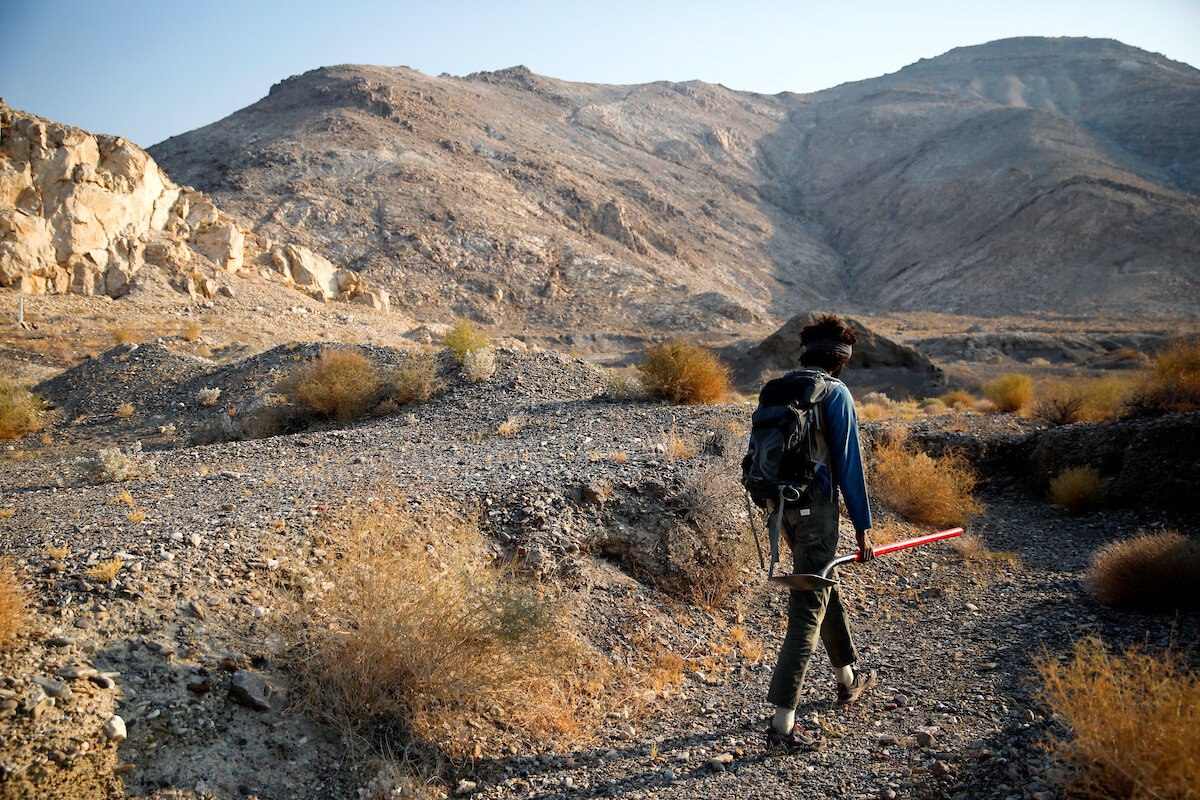











Guleed took a climate science class in college, and the moment he calculated that the amount of fossil fuels/carbon we're putting into the atmosphere is more than it can take, he was intrigued. He finished his undergrad at the University of Arizona and interned the summer before his senior year at Columbia University, where he continued to get his graduate degree. Since then he’s had a career as a geologist.
I’ve been interested in photographing climate scientists out in the field as a way to highlight the importance of their work, as we are being shown again and again that climate change is real and affecting us now. (I’m in Oakland now and the sky was literally orange this week.) So when I found out Guleed was doing research near Mono Lake in California, I made a plan to visit. (The chance to get outside and do some hiking was also a huge part of that decision.)
Guleed’s research is focused on answering one main question: Did the epic warming that terminated the last Ice Age change the hydroclimate of the western United States? To answer this question, he uses geologic principles to map how the sizes of ancient lakes fluctuated between 20,000 and 10,000 years ago.
Guleed has been coming to this area in California for the last ten years; it is the mainstay of his research. On our first outing together he found something VERY exciting, but I’ll wait for the paper to come out before sharing. On top of this area being full of useful things to sample and study, he says the people here make it an appealing place for him to set up shop for months at a time.
Lee Vining is a little town on the east end of Yosemite with a lot of tourists but also a small population that lives here year-round. Guleed’s father’s family were nomadic Somalis, and his father kept that tradition, moving them all over for his job. Guleed also seems pretty comfortable moving, but he said he appreciates finding a community at Mono Lake to keep returning to through the years.
